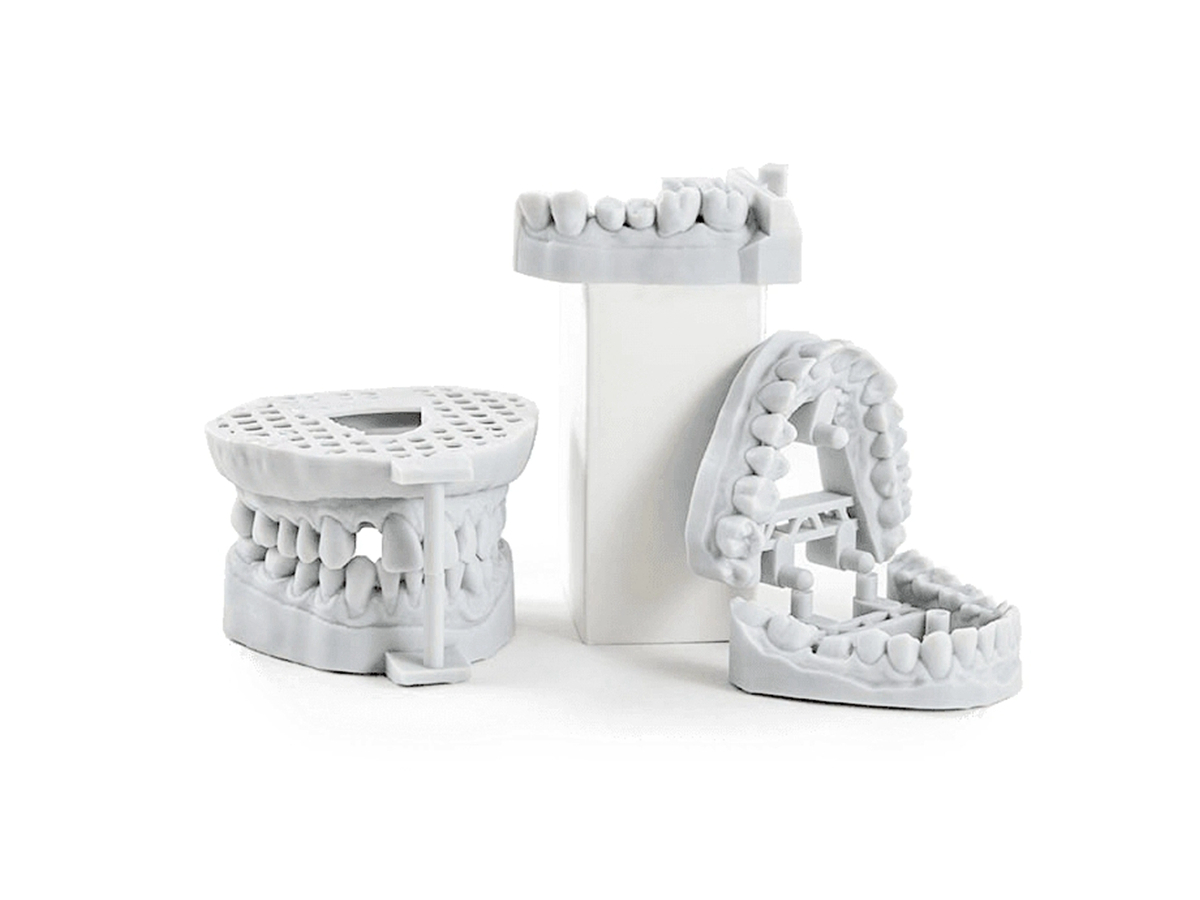Interactive Learning Enhanced By High-Resolution Resin 3D Printed Educational Models
Introduction
High-resolution resin 3D printing transforms educational experiences by creating interactive, highly detailed models that make complex concepts tangible and engaging. Utilizing advanced resin 3D printing technologies like Stereolithography (SLA) and Digital Light Processing (DLP), premium resin materials such as Standard Resin, Durable Resin, and Flexible Resin allow educators to bring precision learning tools into classrooms, museums, and training centers.
Compared to traditional teaching aids, resin 3D printing for educational models delivers unmatched surface detail, customizability, and rapid prototyping to support deeper understanding and interactive engagement.
Applicable Material Matrix
Material | Surface Detail | Flexibility | Tensile Strength (MPa) | Feature Resolution | Educational Model Suitability |
|---|---|---|---|---|---|
Excellent | Low | 50–70 | Ultra-Fine | Static educational models, visual aids | |
Very Good | High | 45–55 | Fine | Hands-on interactive models | |
Good | Very High | 10–15 | Fine | Soft-touch educational tools | |
Very Good | Moderate | 55–65 | Fine | Functional mechanical models |
Material Selection Guide
Standard Resin: Ideal for visually striking static models such as anatomical structures, historical replicas, and architectural concepts, offering ultra-smooth finishes and precise detail.
Durable Resin: Best for producing interactive models that students can assemble, disassemble, or manipulate, providing strength and repeated-use durability.
Flexible Resin: Suitable for tactile learning aids like soft anatomy models, safe children’s educational tools, and flexible demonstration models.
Tough Resin: Perfect for mechanical demonstration kits and working educational prototypes involving gears, linkages, and moving assemblies.
Process Performance Matrix
Attribute | Resin 3D Printing Performance |
|---|---|
Dimensional Accuracy | ±0.03–0.05 mm |
Surface Roughness (As-Printed) | Ra 2–6 μm |
Layer Thickness | 25–100 μm |
Minimum Wall Thickness | 0.5–1.0 mm |
Feature Size Resolution | 100–300 μm |
Process Selection Guide
High-Resolution Educational Content: SLA and DLP technologies capture fine textures, intricate labels, and detailed geometry essential for effective teaching models.
Durable Hands-On Tools: Resins like Durable and Tough Resins allow students to handle models actively without risking breakage, improving interactivity.
Customization Based on Curriculum: Models can be tailored for different grade levels, disciplines (biology, physics, geography), and specific educational programs.
Faster Development of New Tools: Educational institutions can quickly produce customized learning models without relying on expensive commercial suppliers.
Case In-Depth Analysis: SLA 3D Printed Human Skeleton Models for Medical Training
A university medical school needed high-precision skeletal models to support anatomy training and surgical simulation. Using our resin 3D printing service with Standard Resin, we produced detailed skeletal parts with dimensional tolerances within ±0.05 mm. Each bone model accurately represented anatomical landmarks critical for medical education. Post-processing included surface polishing and labeling for enhanced realism and durability. These models improved tactile learning and helped reduce dependency on traditional cadaver labs.
Industry Applications
Education and Research
Biology, anatomy, and medical teaching models.
Engineering assemblies for mechanical study.
Architectural, geological, and historical educational models.
Museums and Exhibits
Detailed historical artifacts and fossil replicas.
Interactive science center displays.
Tactile educational exhibits for accessibility.
Vocational and Technical Training
Mechanical systems models for technician training.
Electrical circuit simulation models.
Mainstream 3D Printing Technology Types for Educational Models
Stereolithography (SLA): Best for ultra-detailed, high-precision educational models.
Digital Light Processing (DLP): Ideal for rapidly producing small, highly detailed models.
Multi Jet Fusion (MJF): Suitable for producing strong, consistent models in higher quantities.
FAQs
What resin materials are best suited for 3D printed educational models?
How does high-resolution resin 3D printing improve interactive learning experiences?
Can 3D-printed educational models simulate real-world mechanical systems?
What post-processing enhances the durability of resin-printed learning aids?
How does resin 3D printing help educational institutions customize learning materials affordably?

